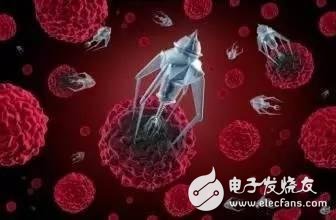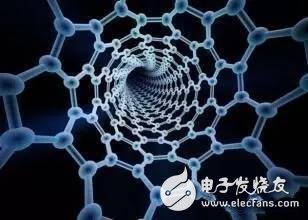The development of today's technology requires ultra-fine materials, intelligence, high component integration, high-density storage and ultra-fast transmission, which provides a broad space for nanotechnology and nanomaterial applications.
Sensors made with nanotechnology are reduced in size, improved in accuracy, and greatly improved in performance. Nanosensors are on the atomic scale, which greatly enriches the theory of sensors, promotes the level of sensor fabrication, and broadens the application field of sensors. Nanosensors have been widely developed in the fields of biology, chemistry, machinery, aviation, and military.
NanosensorNano is a unit of length, 1 nanometer is one billionth of a meter, which is equivalent to one in 80,000 of a hair. Nanotechnology refers to the study of the properties and interactions of substances on the scale of 0.1 to 100 nanometers and the development of related technologies using this property.

Nanotechnology research is to control a single atom, molecule to achieve device-specific functions, and to use the volatility of electrons to work. The purpose of researching and developing nanotechnology is to achieve effective control of the entire microcosm.
The nanosensor is the size or sensitivity of the nanometer, or the interaction distance between the sensor and the substance or object to be detected is nanometer.
Types of nanosensorsNanotechnology sensors mainly include nanochemistry and biosensors, nano gas sensors and other types of nanosensors (pressure, temperature and flow, etc.)
Nanochemistry and biosensorsThe introduction of nanotechnology into the field of chemistry and biosensors has improved the detection performance of chemical and biosensors and has led to new chemical and biosensors. Because of its submicron size, transducers, probes, or nano-microsystems, the chemical and physical properties of the sensor and its sensitivity to biomolecules or cells are greatly improved, and the reaction time for detection is also reduced. Achieve high-throughput real-time detection and analysis.

Using nanomaterials to make extremely sensitive biological and chemical sensors for early diagnosis of cancer and cardiovascular diseases; using carbon nanotubes and other nano-structured chemical sensors to detect ammonia, nitrogen oxides, hydrogen peroxide, and hydrocarbons Compounds, volatile organic compounds, and other gases are not only smaller in size but also less expensive than other analyzers that have the same function.
In nanobiosensors, nanoparticles, nanowires, porous nanostructures, nanofibers, and nanoscale micromachined devices have been successfully applied according to their different structures.
Absolute rotary Encoder measure actual position by generating unique digital codes or bits (instead of pulses) that represent the encoder`s actual position. Single turn absolute encoders output codes that are repeated every full revolution and do not output data to indicate how many revolutions have been made. Multi-turn absolute encoders output a unique code for each shaft position through every rotation, up to 4096 revolutions. Unlike incremental encoders, absolute encoders will retain correct position even if power fails without homing at startup.
Absolute Encoder,Through Hollow Encoder,Absolute Encoder 13 Bit,14 Bit Optical Rotary Encoder
Jilin Lander Intelligent Technology Co., Ltd , https://www.jilinlandermotor.com
